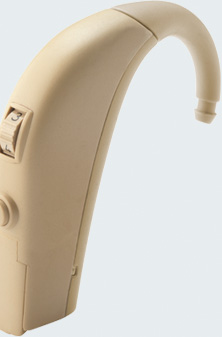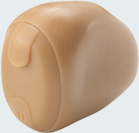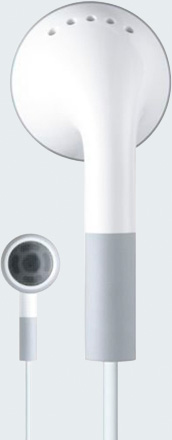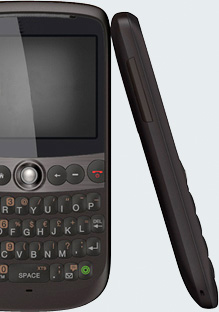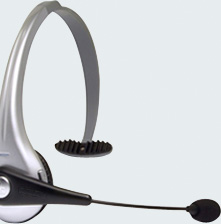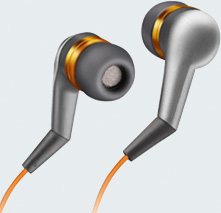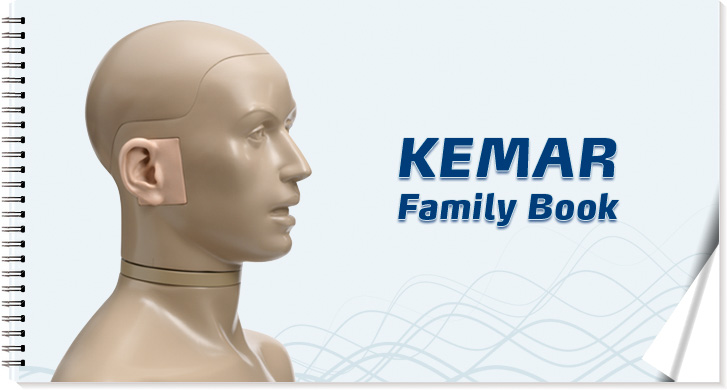In 1972, KEMAR was introduced to the world. It was the first head and torso simulator designed especially for acoustic research and enabled the hearing aid laboratories to perform simulated in-situ measurements of hearing aids.
Today, more than 40 years after and in the hands of G.R.A.S., KEMAR is able to test any device that contains both loudspeakers and microphones as well as performing binaural recordings of product sound and music. At G.R.A.S., we safeguard KEMAR's legacy, but are also continuously expanding the range of features and functionalities leading to new applications and users - without compromising KEMAR's original form. Thus have we celebrated KEMAR's 40 years of duty and look into the coming era with a face-lifted version.
The life of KEMAR
If KEMAR was not part of your life already from 1972, you can catch up with the timeline we made to highlight KEMAR's evolution. Many things may have changed in our lives, but KEMAR remains the same: your faithful friend and up-to-date manikin for acoustic research.
Gunnar Rasmussen speaks about KEMAR and its many applications
View the movie with Gunnar on your mobile device
Gunnar Rasmussen is a Danish acoustics pioneer. He is the father of the modern condenser measurement microphone and has for more than half a century contributed to the world of sound and vibration with his unique ideas and designs. He is also the founder and chair of G.R.A.S. Sound & Vibration.
KEMAR Family Book
KEMAR greetings and photos have been gathered and published in the KEMAR Family Book
You can also view the KEMAR family book on your mobile device

